
5 minute read
Easy Native Plant Swaps
Want to help pollinators, but not sure where to start? Next time you’re shopping for a non-native perennial, try swapping in a similar native plant.
STORY JENNIFER RENSENBRINK
Not all non-native plants are invasive, but why not let your landscape support bees, birds and other wildlife by doing a simple switcheroo?
If you’re new to native plants, take note. Deer and rabbits will browse many of them, especially the shrubs, so you may need to cage or fence young plants until they reach a mature size. All varieties listed are hardy from USDA Hardiness Zones 3 to 7.
Many native shrubs and perennials have named cultivars, such as the Little Devil™ ninebark listed. If you’re dedicated to a particular look, these are still better than their non-native counterparts. But if your primary goal is to help wildlife, the original, wild species is a better choice and usually stocked by native plant nurseries.
Here’s a list of popular nursery plants and suggested native replacements.
INSTEAD OF THAT...

...PLANT THIS NATIVE.

Little Devil™ ninebark
Physocarpus opulifolius ‘Donna May’
Full sun | 3-4 feet tall and wide
WHY IT’S A GREAT REPLACEMENT
Although Japanese barberries have already been phased out due to being invasive, European barberry shrub cultivars are still available. The safest bet is to avoid planting them. Ninebark cultivars can be found in a variety of shapes, sizes and colors. Bonus: Rabbits will leave ninebark alone, and Little Devil™ turns a gorgeous bright red in the fall.
INSTEAD OF THAT...

...PLANT THIS NATIVE.

Chokeberry
Aronia arbutifolia or Aronia melanocarpa
Full sun to part shade | A variety of sizes
WHY IT’S A GREAT REPLACEMENT
Native chokeberry shrubs can have either black or red berries. Many cultivars have been developed in a variety of sizes. The spring flowers are attractive to bees and the fruits add interest during winter months.
INSTEAD OF THAT...

PLANT THIS NATIVE.
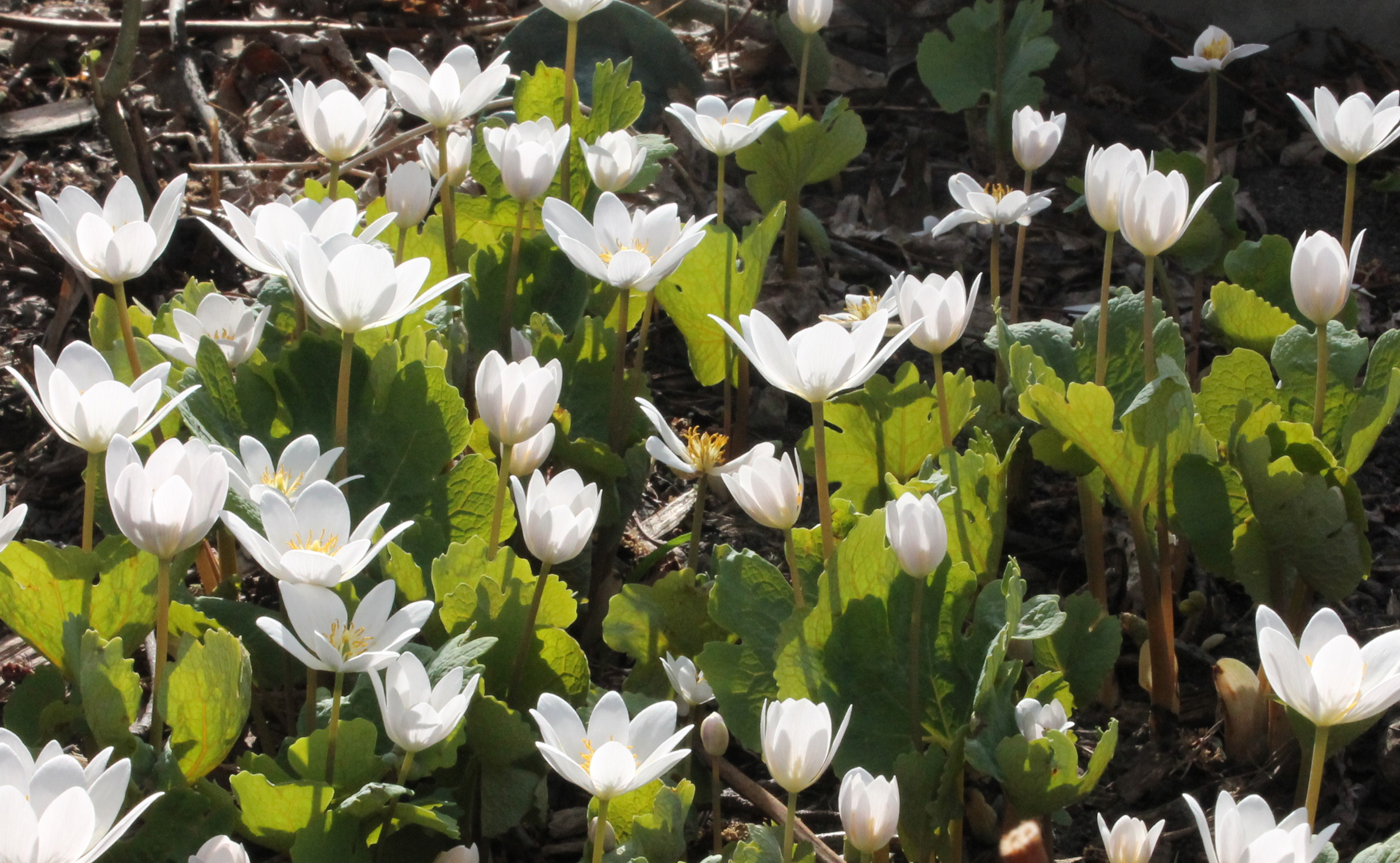
Bloodroot
Sanguinearia canadensis
Shade | 6-12 inches tall
WHY IT’S A GREAT REPLACEMENT
Full disclosure: I love tulips. But I’ve come to love bloodroot more. Not only do rabbits and deer avoid it, but newly emerged wild bee queens depend on it and other early spring flowers to establish their colonies. FYI: It will slowly spread.
INSTEAD OF THAT...

PLANT THIS NATIVE.
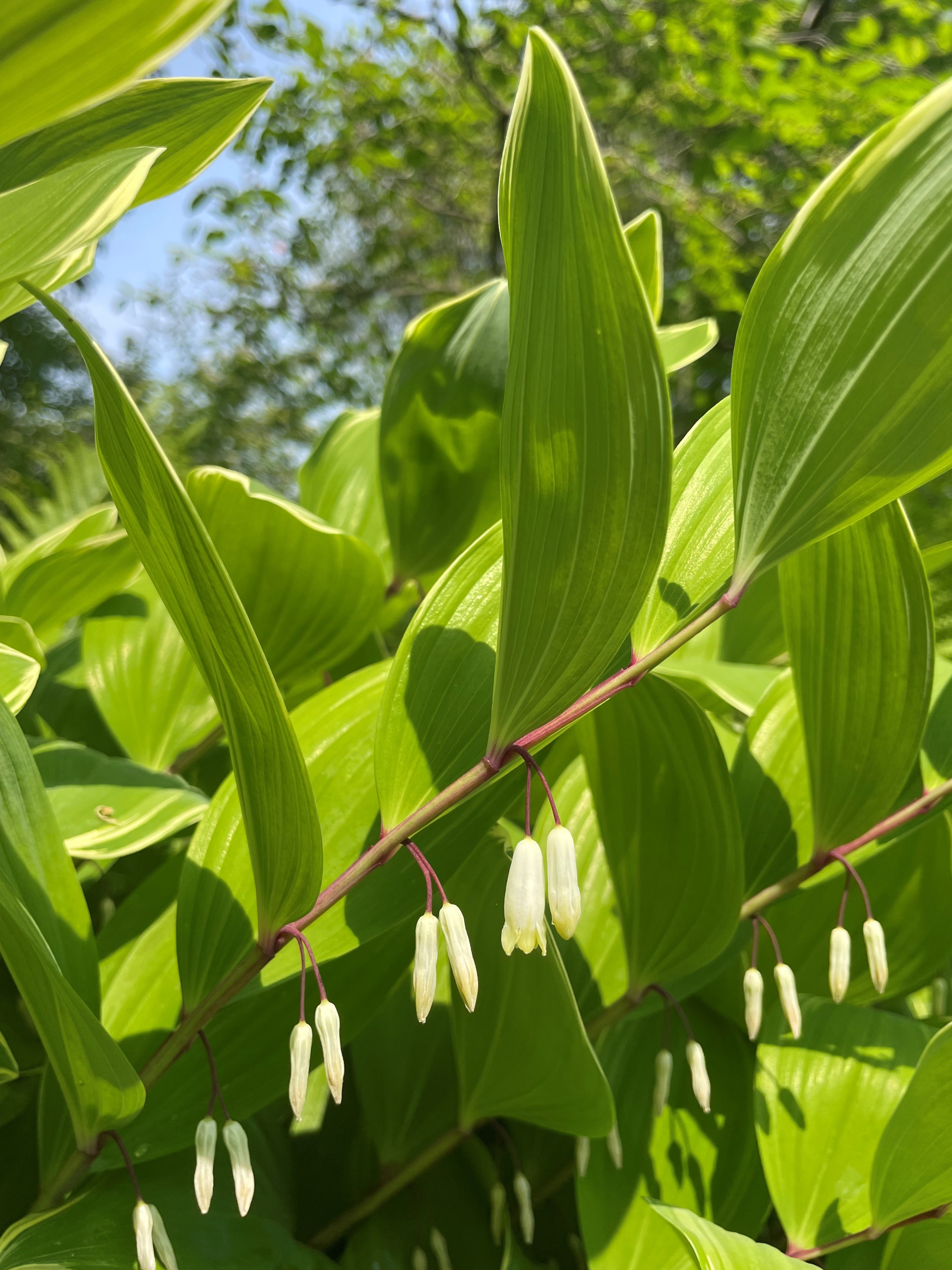
Solomon's Seal
Polygonatum biflorum
Shade to part shade | 24-30 inches tall
WHY IT’S A GREAT REPLACEMENT
Giant Solomon’s Seal fills the same shady niches as hostas, but it’s buzz-pollinated by giant bumblebees and then produces large, blue berries in the fall that birds devour (though poisonous to humans). Graceful plumage and drought tolerance make it a dry shade star.
INSTEAD OF THAT...

PLANT THIS NATIVE.

Butterfly Weed
Asclepias tuberosa
Sun to part shade | 24-30 inches tall
WHY IT’S A GREAT REPLACEMENT
Have a hot, sunny boulevard? Sub in butterfly weed for sedum and enjoy beautiful orange flowers. Plus, declining monarch butterfly populations depend on milkweed as their only food source.
INSTEAD OF THAT...

PLANT THIS NATIVE.

Jacob's Ladder
Polemonium reptans
Shade to part-shade | 10-12 inches tall
WHY IT’S A GREAT REPLACEMENT
Passers-by frequently mistake my Jacob’s Ladder plants for forget-me-nots. Beautiful purple spring flowers are followed by decorative foliage all summer. They thrive in very tough growing conditions, including my hot, dry, shady boulevard.
INSTEAD OF THAT...
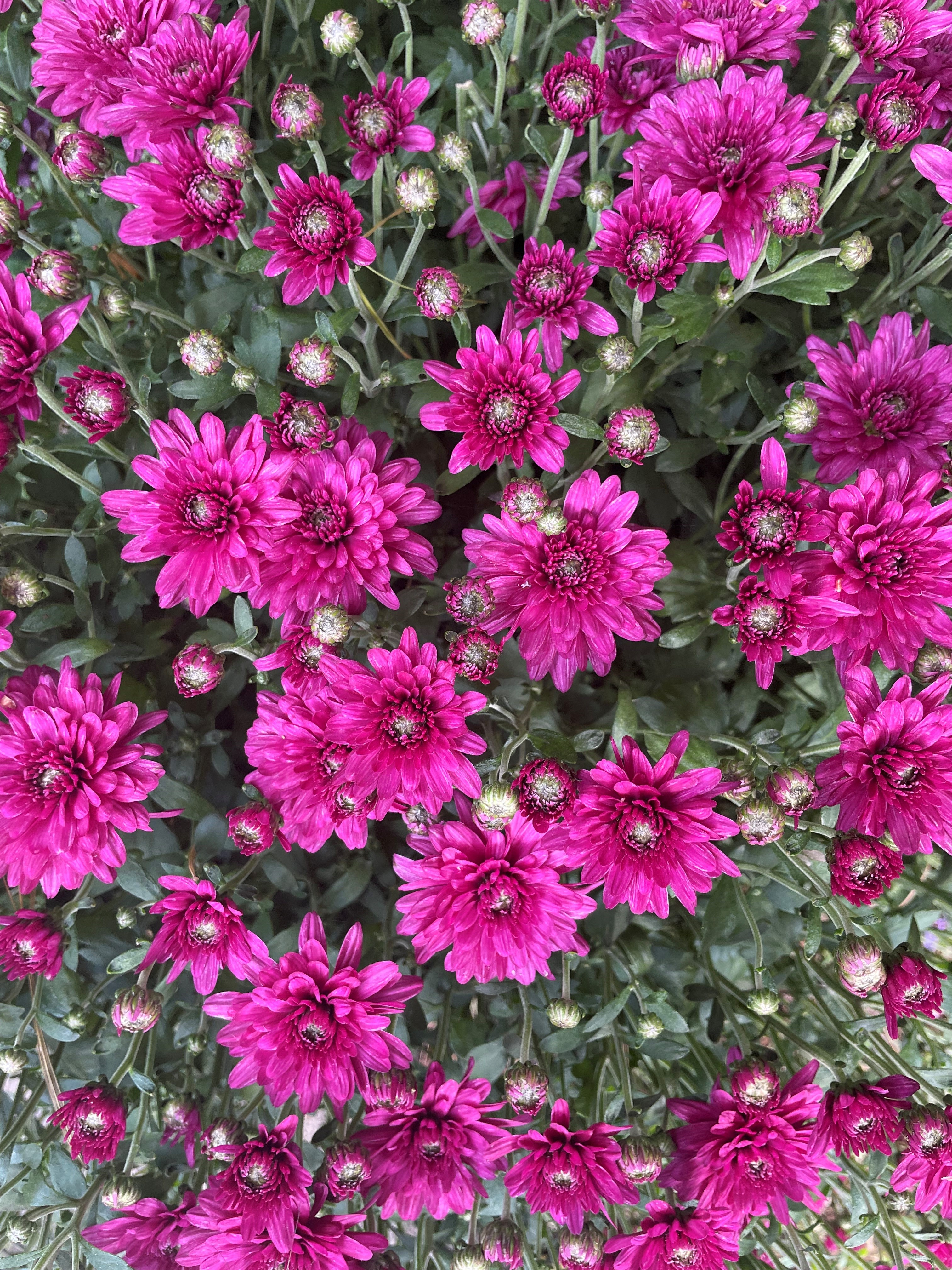
PLANT THIS NATIVE.
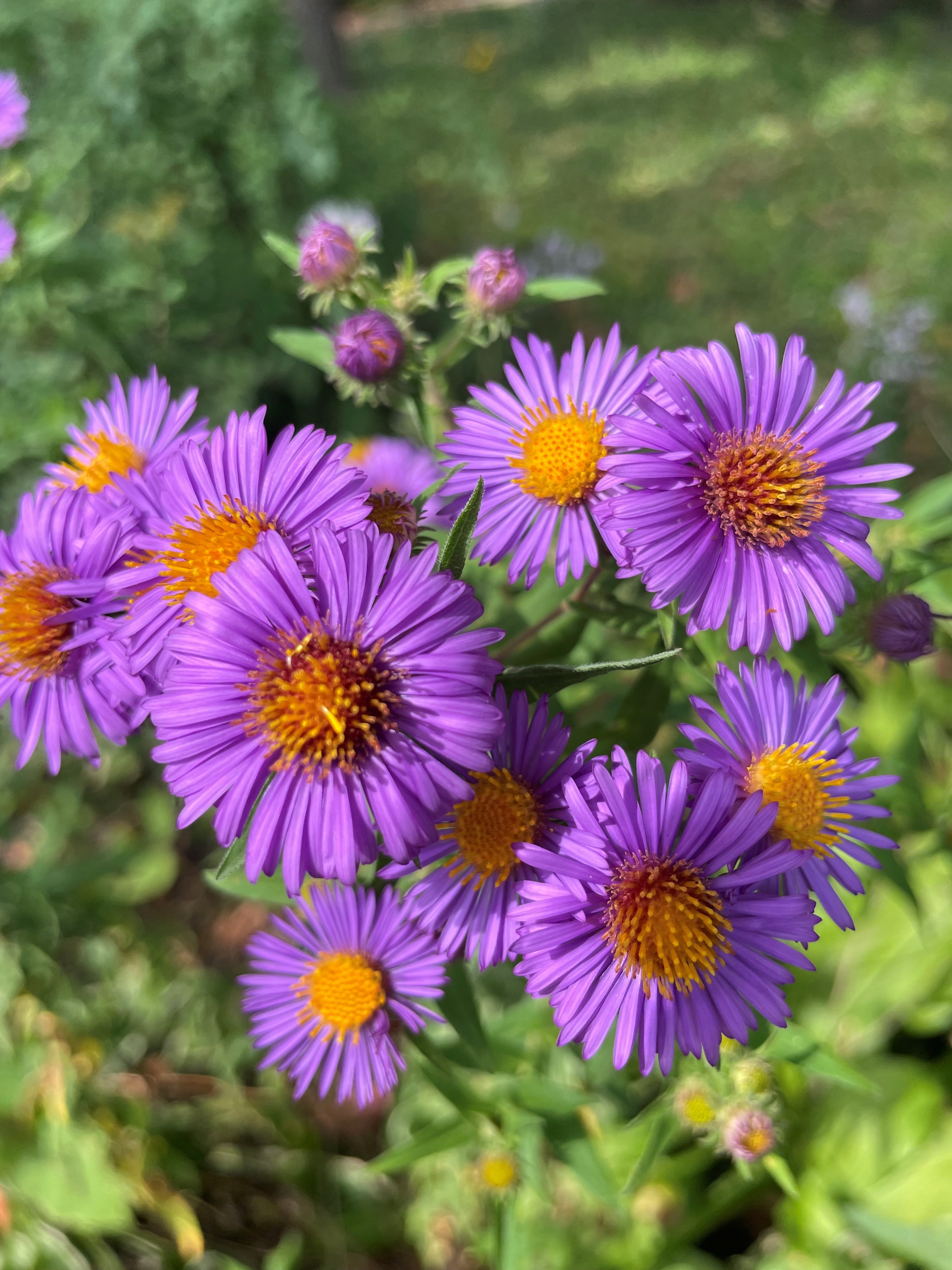
Aster
Symphyotrichum novae-angliae ‘Purple Dome’
Sun to part shade | 24-30 inches tall
WHY IT’S A GREAT REPLACEMENT
Along with goldenrods, asters are a critical food source for migrating butterflies in the fall. Plus, native asters come in a wide variety of colors and heights, and they grow in many different conditions.
INSTEAD OF THAT...

PLANT THIS NATIVE.

Big Bluestem
Andropogon gerardii
Full sun | 4-6 feet tall
WHY IT’S A GREAT REPLACEMENT
Although Big Bluestem is mostly wind-pollinated, it is occasionally visited by native insects, such as long-horned bees. Big Bluestem’s deep roots can easily withstand even severe drought.
INSTEAD OF THAT...

PLANT THIS NATIVE.
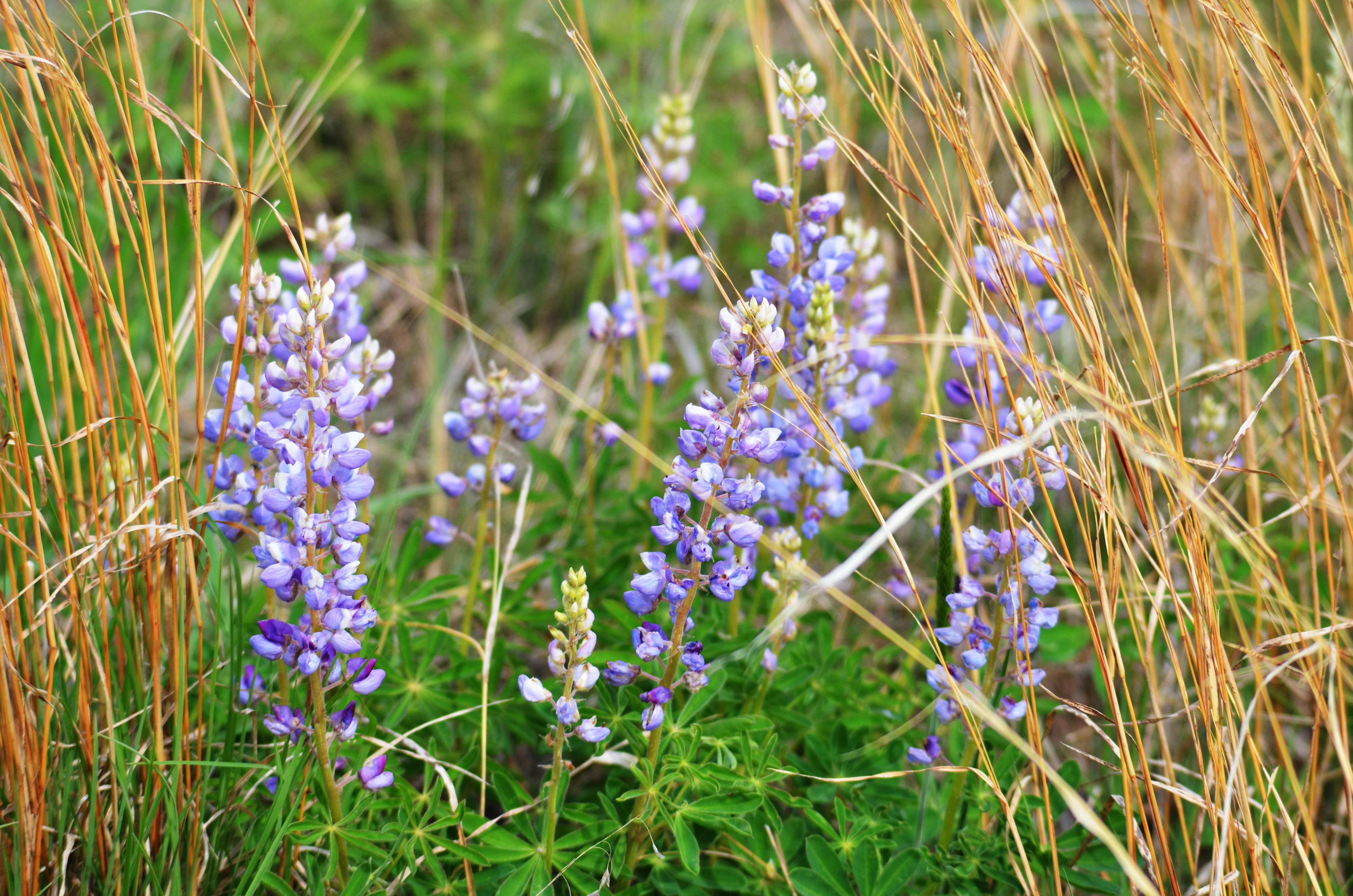
Native lupine
Lupinus perennis
Sun to part shade | 8-24 inches tall
WHY IT’S A GREAT REPLACEMENT
If you only choose one of these swaps to make, let it be this one. Native lupine looks very similar to garden lupine but will not invade wild areas and is also a host plant for the endangered Karner Blue butterfly caterpillar. To be sure you have native lupine, buy from a native plant nursery.
INSTEAD OF THAT...
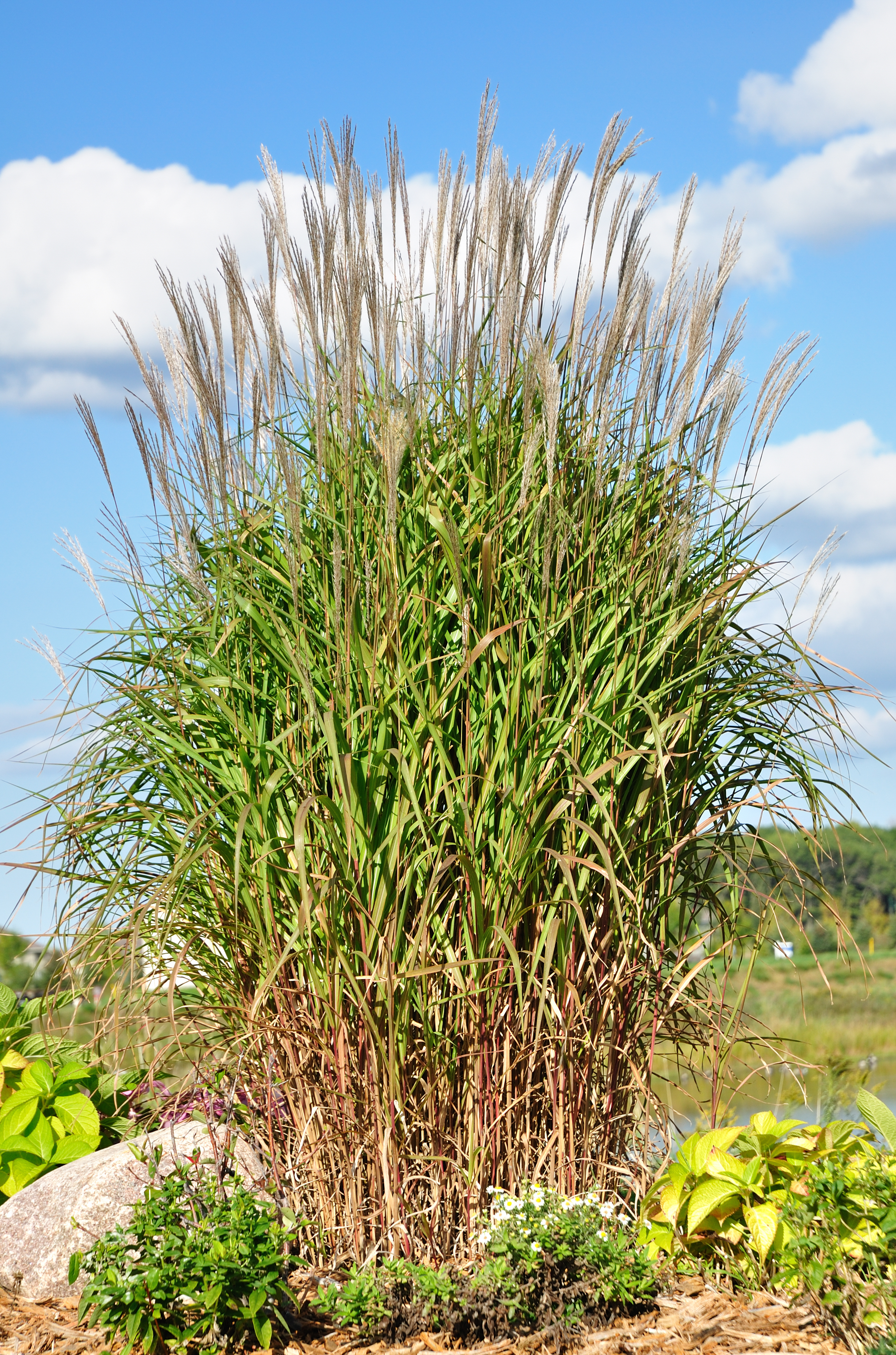
PLANT THIS NATIVE.

Switchgrass
Panicum virgatum
Sun to part shade | 3-6 feet tall
WHY IT’S A GREAT REPLACEMENT
Switchgrass is drought tolerant, easy to grow, has a wide variety of cultivars and provides cover for wildlife.
Photos: Chokeberry, bloodroot, Jacob’s ladder, Big Bluestem by Jennifer Rensenbrink. Tulip, hosta, Solomon’s Seal, butterfly weed, hardy mum, aster by Rebecca Swee



